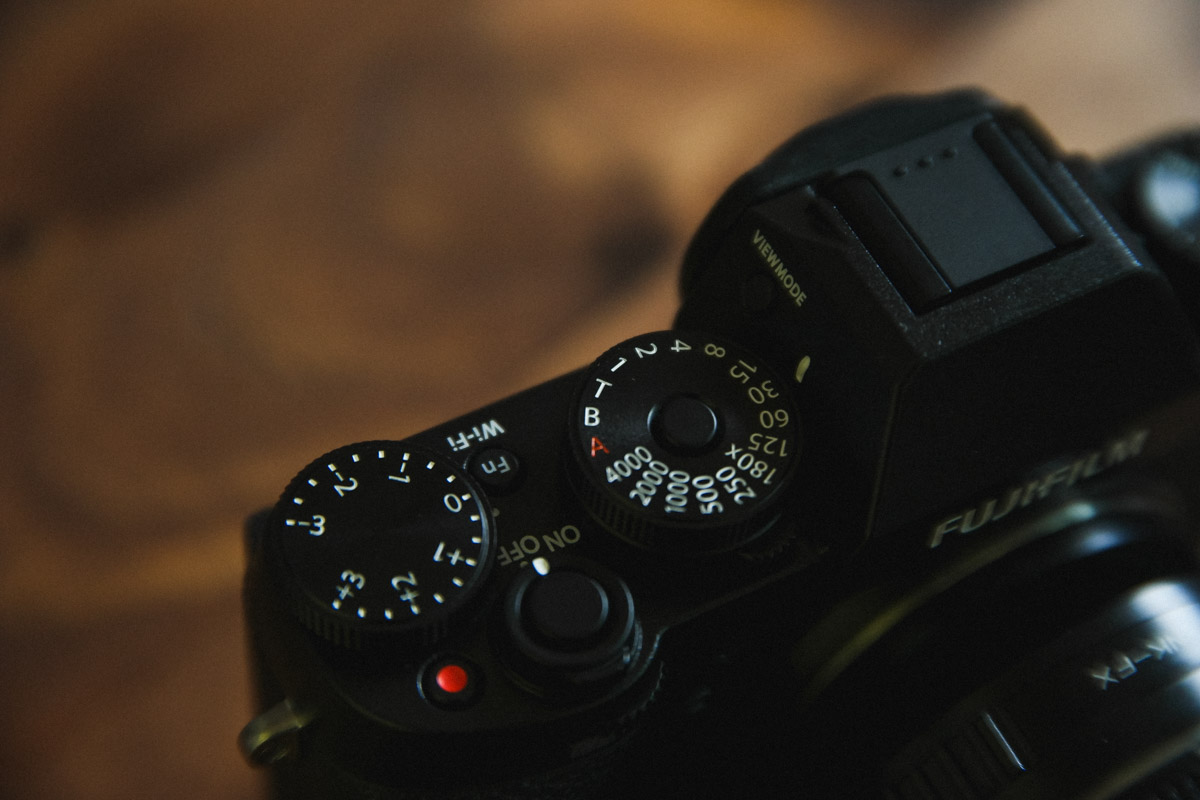Many of you have and do use Shutter Priority or Aperture Priority on a consistent basis. But what if I told you that Auto ISO, when combined with Manual Mode, is actually the best auto-exposure mode there is?
Now, before you all jump down my throat, yes, Shutter and Aperture priority can be used to great effect. But my problem with them lies with the fact that I have to pick between my creative aperture choice (Aperture Priority), or motion control (Shutter Priority).

As a sports and wildlife enthusiast, this is not ideal. I want to be able to stop the motion, AND get the creative aperture I want. This is why I choose to use Auto-ISO in conjunction with Manual Mode to give me control over the creative look of my image.
There is a big stigma in the industry regarding auto-ISO, and I think that a lot of this has to do with how bad noise could get at higher ISO numbers in the past. The reality is that most newer bodies are pretty good with noise up to ISO 3200 or 6400, which in many situations, is plenty. The other part to this stigma, in my mind, is that ‘auto’ is used in the function name. People, especially Pros and Semi-Pros, get scared with that word in regards to their camera exposure.

But let’s break it down. The exposure triangle consists of the shutter speed, aperture, and ISO. Shutter and Aperture Priority modes allow you to set the shutter/aperture with a set ISO, while Auto ISO with Manual Mode allows you to set both the shutter speed AND aperture and lets the camera set the ISO to make a correct exposure (within ISO limits that you choose).
Sure, the camera may not always get the ISO exactly right, but just as with Shutter priority or Aperture Priority, it is usually pretty close. Enough so that a quick turn of the exposure compensation dial on the camera, or a small pull of the exposure slider in Lightroom results in a perfect look. The difference being, if aperture or shutter priority screws up, you can end up with blurred motion or an F/16 image with no depth of field. If the auto-ISO screws up, and you have your limits set to an ISO number you are comfortable with as far as noise goes, at worse your image is a little dark or a little bright – but usually salvageable in post-production while maintaining the creative look for the image that you originally intended.

You can’t fix motion blur in post production, and adding depth of field is more trouble than it’s worth, in most cases, if you want it to look real. So, if Shutter/Aperture priority screws up, it can still cost you the image you meant to take. This is why I always prefer auto-ISO with manual mode if I am going to use auto-exposure at all.
Steve Perry Manual Mode with Auto ISO
We have featured Steve Perry’s videos many times before for their great tips and tricks. This week Steve released a new video about this exact topic, and while it’s not as quick and to the point as his normal videos, it is a great resource for anyone interested in learning more about using manual mode with auto-ISO.
What are your thoughts on this taboo exposure mode? Did you know that you could do this? Would/Do you use manual mode in combination with Auto-ISO? Leave a comment below and let us know what you think!












